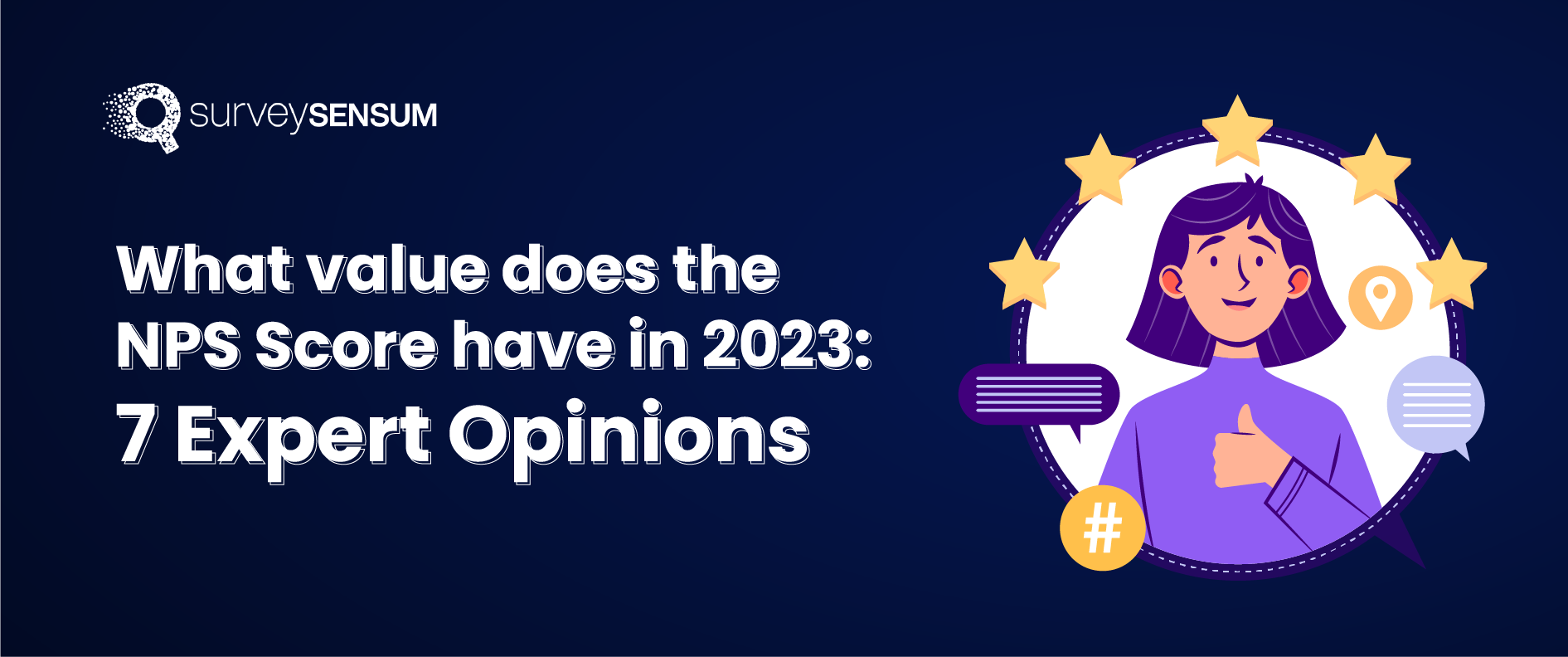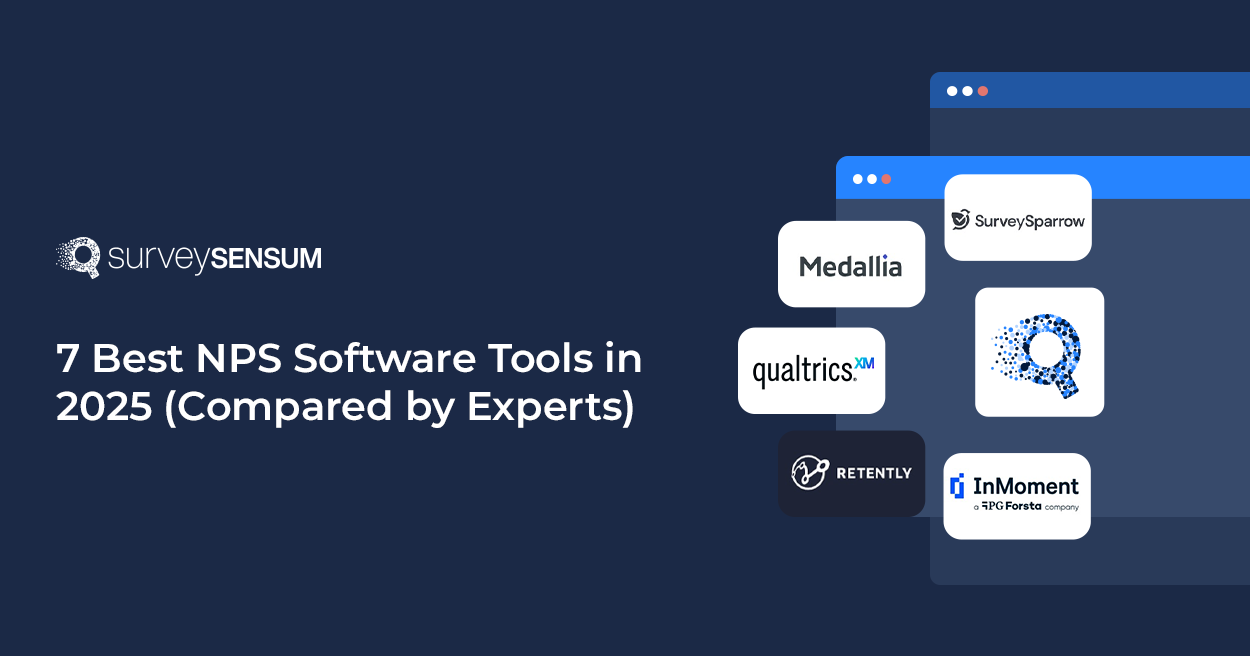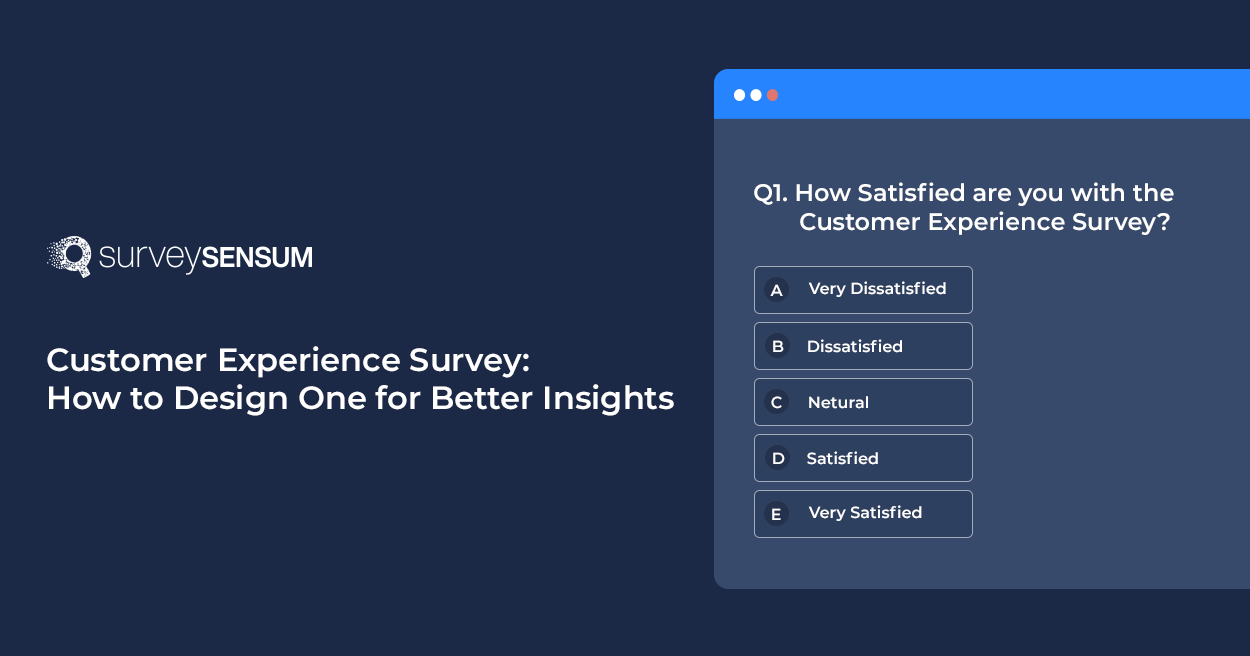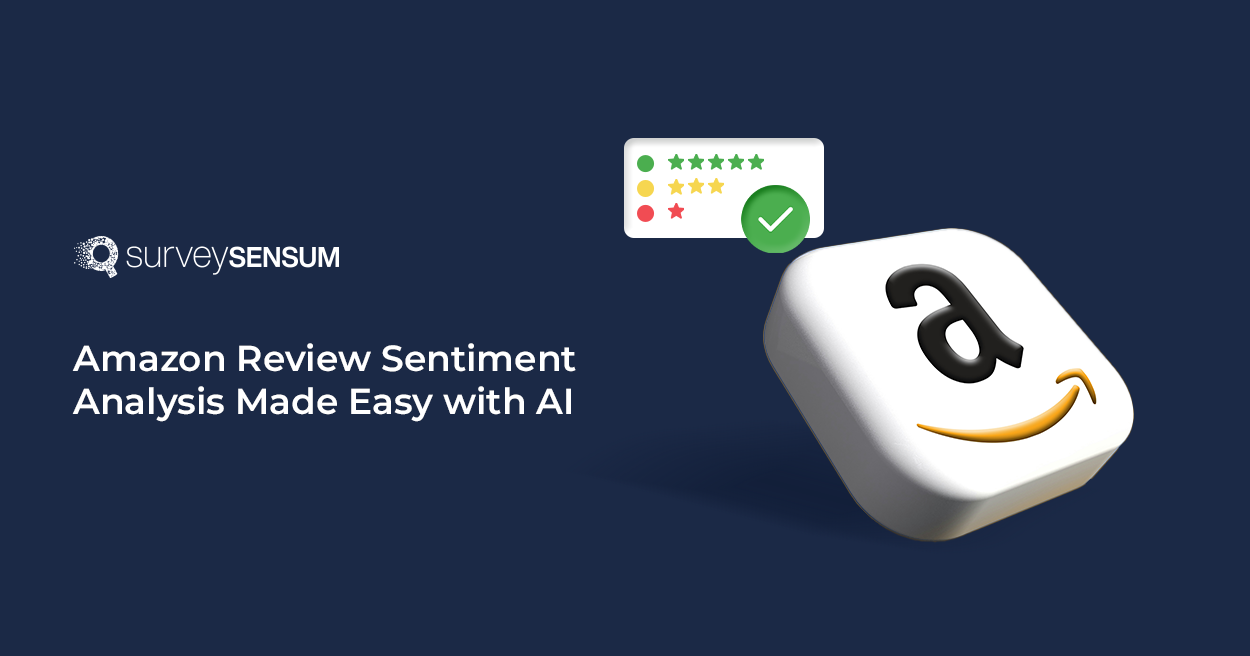

Most companies crave for higher NPS score as it is considered to be one of the most-looked after business metrics out there. Executives push harder and harder to boost this one number and the team focuses on increasing it.
But is it the ONE NUMBER that you need to grow?
Is it sufficient in itself?
Does the NPS score actually provide value?
There are many similar questions discussed and debated over the years since NPS was founded.
In one of the #CXQOTD, Jeremy Watkin, Director of Customer Experience and Support at Numberbarn, asked the same – ‘Does NPS have any value?’ and many CX practitioners shared their two cents on it.
Does NPS score have any value: Analyzing Expert Opinions
So, to bring everything together on one table, we created this article that collates all their expert insights into 7 points, talking about the value that net promoter score brings to the table if any.
1. The real value of the NPS score isn’t in the loyalty question
Here is a scenario: You just asked an NPS scale question to a sample audience of 200 and you got a score of 20. What do you understand from this? – That people do not like your brand.
But why? Why this number and what did they not like? Or what are they expecting?
The NPS loyalty question, “On a scale of 0-10, how likely are you to recommend <brand> to your friends or acquaintances?,” doesn’t offer much if it is not followed by a follow-up question that asks the WHY behind the score.
So, if you want to gather more insights from your customer, then you must ask the follow-up question.
→ “Could you please share the reason behind your score?”
That’s where the real value of NPS lies, in the follow-up question that you ask afterward.
Great question. My answer, NPS does have value, for the focus it brings and the “why?” you need to ask with it! #CXQOTD pic.twitter.com/OnUE0cceKN
— Shane Goldberg (@shanegold) April 24, 2020
By doing this, you will be able to identify why any customer has given you the scores they have given you. And you’ll know what needs to be improved or is expected of you.
2. Remember, NPS is a relationship metric and not transactional
Suppose you ordered a microwave from Amazon. After an hour of delivery, they sent you an NPS survey asking you to recommend the microwave to other people.
You haven’t even used it yet, and they are asking you to recommend it! You’ll be annoyed right?
Instead of asking about your experience, they are asking you for recommendations.
Wrong survey! Wrong timings!
That’s why NPS is not lucrative if you send it at the wrong time.
NPS is NOT a transactional metric. It is a relationship metric. It shouldn’t be asked after every transaction, instead build a relationship with your customer first. And survey your customer quarterly or annually.
3. Are you sending it to the right people on the right platform?
A 13-year-old might find an Apple smartwatch easy to use and recommend it to others, making it a great option for those looking to buy a watch. However, her grandparents may find it difficult to use and may not recommend it to others interested in purchasing a watch.
That’s where the sample audience differs. Respondents of different age groups, cultures, and regions tend to have different opinions and they mark you accordingly.
One product – Multiple different experiences
That’s why it is imperative to identify the right persona for your audience and survey them differently to gather quality feedback.
And not just the respondents, where you survey them also matters.
Why?
Respondents are more likely to respond on social media than through emails. Similarly, the NPS response rates vary with each channel, be it emails, chats, in-app, or WhatsApp. So choose your NPS software wisely while sending surveys.
4. Is your NPS data eating dirt?
The worse thing than not listening to your customers is listening to them and THAN NOT taking any action on their feedback.
That’s why there is no point in launching any kind of survey if you are not going to act on your customers’ feedback. So, if and when you launch an NPS survey, make sure you analyze the feedback and take the required actions on it.
Moreover, when you actually listen to your customers, you will be able to identify the areas of improvement, and their expectations from you. These insights will help you improve your product or service and enhance their experience.
Yay! #VoC stuff! pic.twitter.com/ElC9UQUlEU
— ✵Nicholas Zeisler (@NicholasZeisler) April 23, 2020
Also, acting on the customer feedback will not only improve your services or product, but your customers will also give you a higher NPS score, the next time you launch a survey because they’ll understand that you actually listen to them.
5. Everyone needs attention! Promoters, Passives, & Detractors
NPS metric differentiates your audience based on their feedback and it is only metric to do that. So, leverage that!
NPS feedback segregates the responses into detractors, promoters, and passives, and each of them has its meaning and requires undivided attention.
So treat every category individually. Asks promoters to share their feedback over social media and platforms like G2, Gartner, or Capterra. Recognize what features they liked and what challenges are you resolving for them and promote those over websites, social media, emailers, etc, this will help you create brand advocates.
Passives are much at risk to leave you. So, call them. Understand what they are looking for. What is it that your product or service is not resolving? Or are they unhappy with the experience? Identify the gap and bridge them.
And detractors are the one that needs your most attention. They ARE going to leave you. So manage them sensitively.
6. NPS program is not to play around with! Stop encouraging it.
Executives have become addicted to the NPS number. They do not focus on the customer experience anymore. Their only focus is to improve this ONE number.
Why?
Because in every conference, meeting, or discussion they are showing off their NPS score and comparing it with the competitors. And just to get a higher number, the agents are manipulating the feedback by requesting customers to give a higher rating.
But this might work once or twice. When customers understand that there is no action taken on their feedback, they will stop responding and will give a low score.
I love this stuff! Thanks JT! #CXQOTD pic.twitter.com/4tGwHqUD8u
— Ben Motteram ?? (@CXpert) April 24, 2020
7. Sometimes it’s not about the teams but the company
As discussed above, NPS is a relationship metric. When a customer gives you a score, their score reflects their perception of the overall brand experience and not of an individual or team. That’s why don’t make NPS a KPI for a single individual or a team. It is a collective effort to make it a shared metric.
So, does the NPS score have a value: The Takeaways
All in all, the NPS score is more than just a number and it DOES have a value. Only if used correctly.
“NPS success comes from the process, not the metric.”
So, run the different types of NPS program correctly.
- Share the survey at the right time.
- Choose the right audience
- Send the survey on the right channel
- Don’t forget the follow-up question.
- And close the feedback loop.
Remember: NPS is like a thermometer – it tells you where you are currently and if you have a problem. But when you do, you need more NPS tools to look in-depth to find out the underlying cause.















